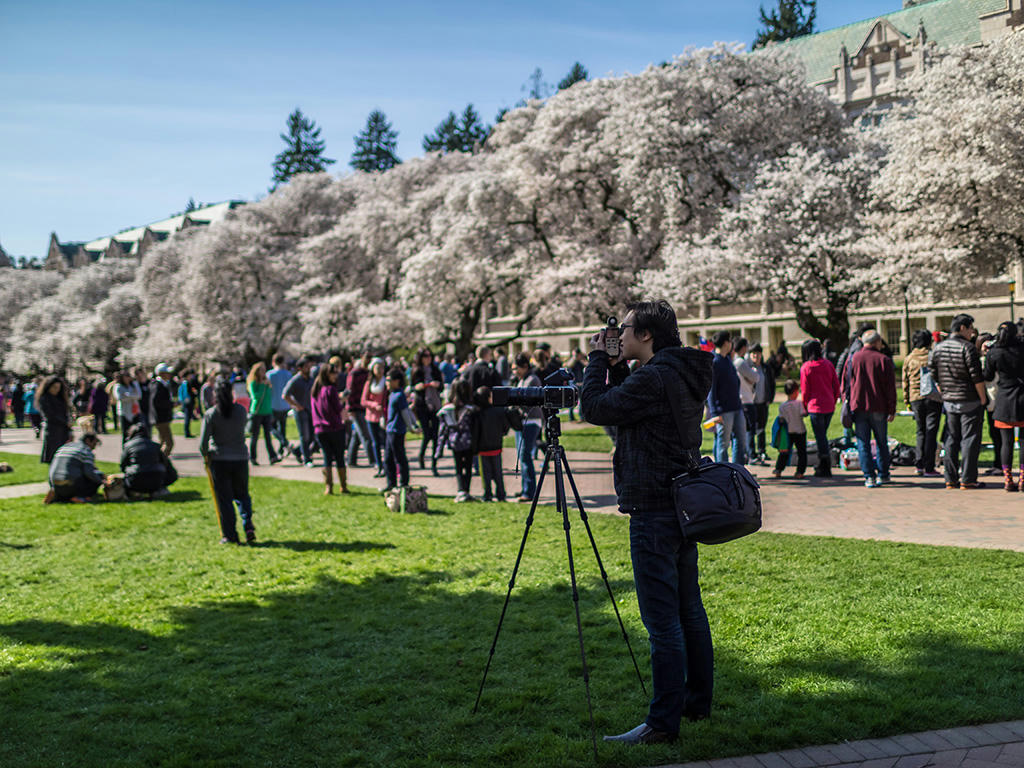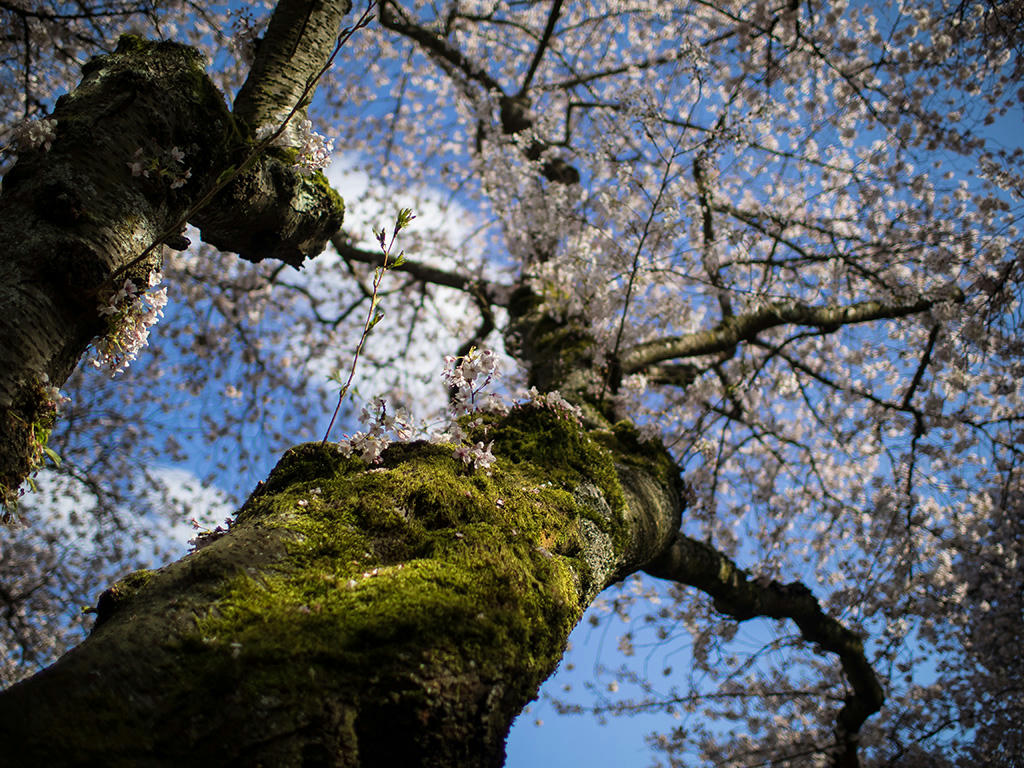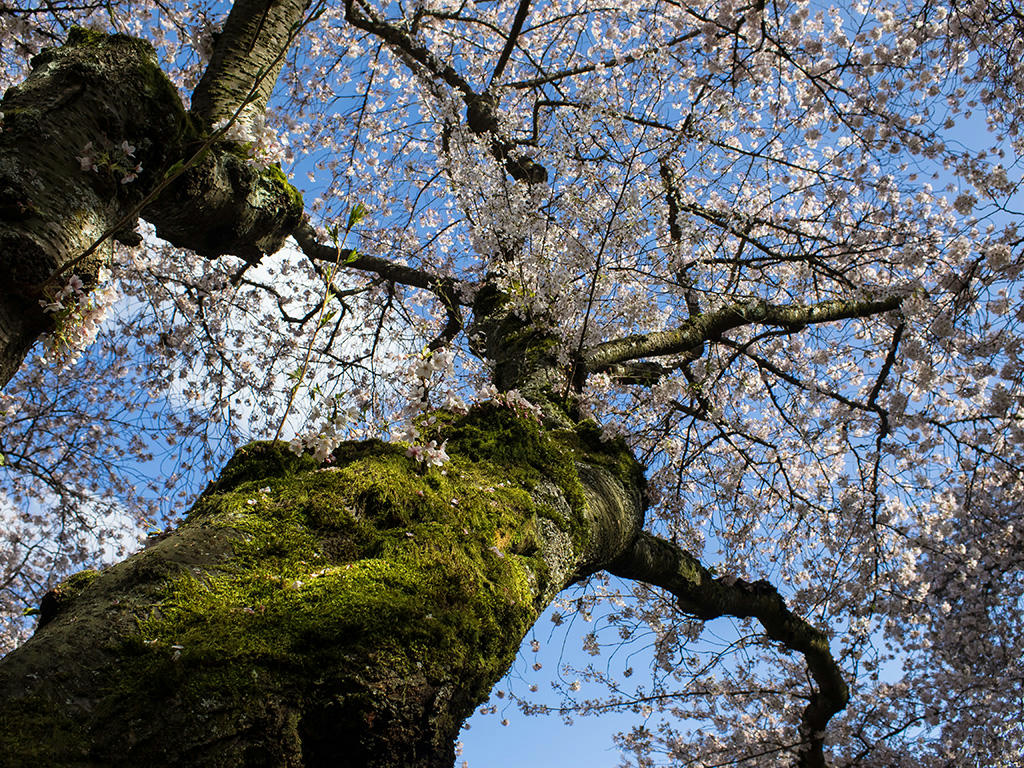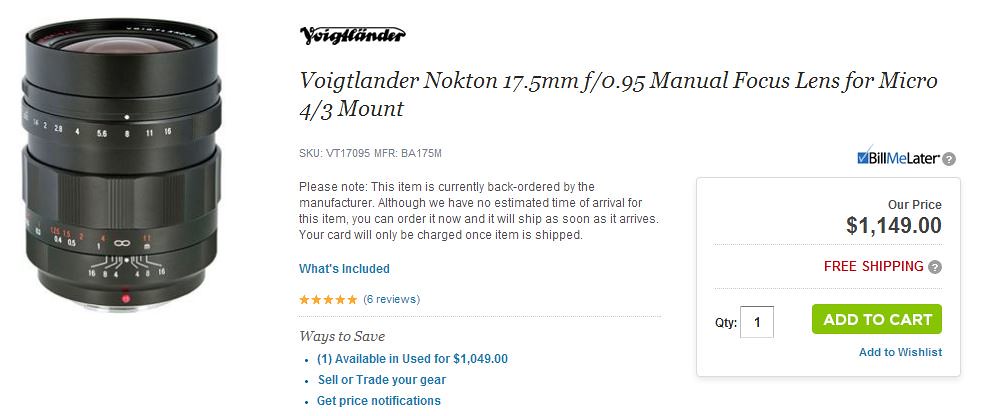 Originally posted by dtmateojr
Originally posted by dtmateojr 
That's why you have a lens, right? To make the light fall on the sensor. And when you have a lens, you have a f-stop. A f-stop is a f-stop regardless of sensor size, regardless of aperture. Can't you see how this relates to a tain gauge?!
And yes, he said that noise is NOT related to DoF "per se" but to aperture. Yeah, he started backing down on his words. I have yet to get a reply from him regarding how he measured SNR because it defies physics LOL!
Unfortunately, an f-stop is not an f-stop when it comes to light gathering power, no matter what many m4/3 people may chant. I am a m4/3 user, but not a fanatic, and I readily accept this reality. Ask NASA why an iPhone with an f/2.4 aperture doesn't have 100 times the "light gathering power" of the Hubble Space Telescope with its whopping f/24 (that's
twenty four) relative aperture, and it is not "pixel size".
Light gathering power for a given object in the field of view (this "object" can be the entire field of view itself) is a function of absolute aperture only. This has been well-established centuries before the invention of photography.
A 50mm f/1.0 (50mm aperture) has the same light gathering power as a 100mm f/2.0 (50mm aperture). A 50mm f/2.0 has 1/4 the light gathering power of a 100mm f/2.0. Put a 100mm f/2.0 lens on any camera of any sensor size, and the total light gathered from any given object in the frame will be the same. The amount of detail resolvable for a given object will be higher for the lens with the larger absolute aperture due to diffraction (not the "diffraction limit" type which involves pixel density, but the ability to separate incoming light from adjacent points of light). Why doesn't the object get 4 times brighter then if you go from 50mm f/2 to 100mm f/2? Because then the object will take up 4 times more area in the frame, but any particular detail on the object will have 4 times more light ("signal") associated with it. Again, this "object" may be the entire field of view itself when comparing equal AOV across different formats.
This phenomenon is easily observable by shooting stars, which are very faint and small enough not to muddy the issue with sensor size/exposure area (most stars are significantly smaller than 1 pixel at common focal lengths). Put a 50mm f/1.0 or a 100mm f/2.0 on any camera of any sensor size and the lenses will be able to resolve the same stars. Put a 50mm f/2 on any camera and you will
not resolve the same stars. Likewise, if you use a 24mm f/2.0 on 35mm and 12mm f/2.0 on m4/3, they will have about the same FOV, but the FF will see stars that the m4/3 will not at the same exposure settings because of light gathering power.
Relative aperture or "f-stop" is a geometrically derived shorthand for generating equal luminous flux (light per unit of solid angle) factoring out focal length assuming uniform incoming light. It is useful for one thing only: exposure, that is the same perceived brightness of incoming light. Everything else, total light gathered per FOV (and by extension SNR), resolvable detail and DOF are dependent on absolute aperture. This is why an iPhone with a tiny 1.6mm aperture will never resolve any detail as small or faint as the Hubble with its massive 2400mm aperture, no matter what the f-stops say.
Last edited by Cannikin; 04-17-2014 at 08:50 PM.


 Similar Threads
Similar Threads 


















 Post #3 by Na Horuk
Post #3 by Na Horuk








